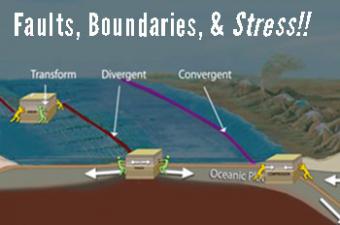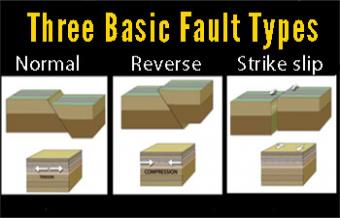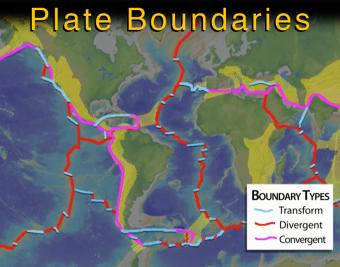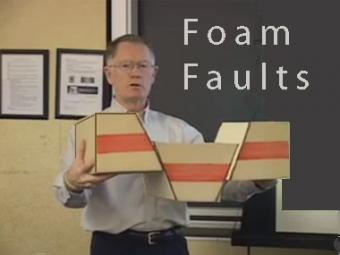8min 43s Novice Spanish

How 3 basic types of stress affect both faults and plate boundaries.
[updated 2021]
Earth-science educators, do you ever get asked, "What is stress? Why do faults form in Earth’s crust? or How are faults related to tectonic plate boundaries?"
This animation describes stress in Earth's outer layer and how it leads to faults and plate boundaries. Earth’s thin, brittle outer shell of rock is under a constant state of stress. Stress impacts the formation of small local faults, and broader tectonic plate boundaries. How the rock responds, depends on the type of stress and the conditions the rock is being subjected to when it encounters stress. It is this change in Earth’s crust that generates different types of faults and plate boundaries.
Timecodes
0:00 Intro
0:26 What IS stress?
1:03 Type of stress
1:50 Elastic deformation
3:20 Ductile deformation
4:04 Brittle deformation
5:52 Extensional stress
6:18 Compressional stress
6:59 Shear stress
8:01 Conclusion

[updated 2021] A fault is a rock fracture where the two sides have been displaced relative to each other. Faults are categorized into three general groups based on the sense of slip or movement: normal, reverse, and strike-slip.
This clip includes selected excerpts from the animation, "Earthquake Faults, Plate Boundaries, & Stress".

This intermediate-level animation describes what the tectonic (lithospheric) plates are and how they interact. It differentiates between continental and oceanic plates, and between the three major types of boundaries.

How can I demonstrate plate tectonic principles in the classroom?
Video lecture demonstrates the use of foam faults to demonstrate faults, and a deck of cards to demonstrate folds and fabrics in rock layers. Different types of faults include: normal (extensional) faults; reverse or thrust (compressional) faults; and strike-slip (shearing) faults.
We encourage the reuse and dissemination of the material on this site as long as attribution is retained. To this end the material on this site, unless otherwise noted, is offered under Creative Commons Attribution (CC BY 4.0) license